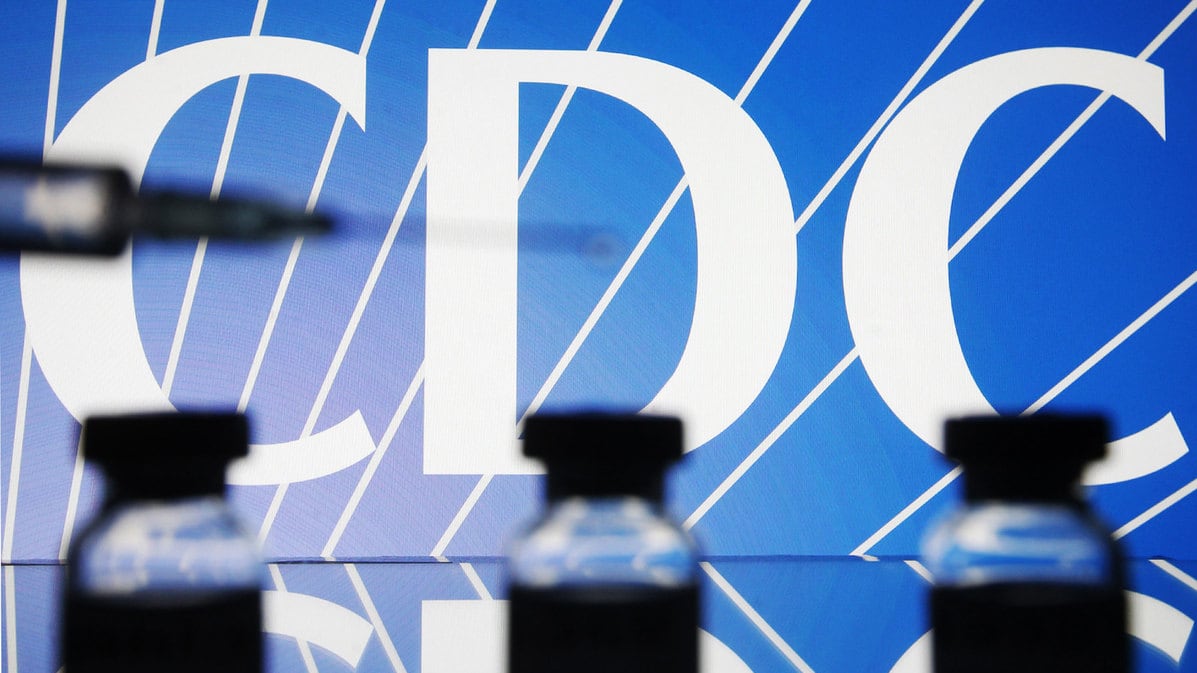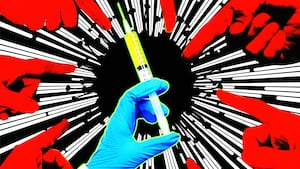We are at a tipping point, nearly at the threshold of a 50 percent vaccination rate. The science is working. Yet, more than 20 percent of Americans don’t believe scientific experts and say they are unlikely to get a COVID-19 vaccine. Vaccinating enough people to get to herd immunity will require new strategies.
When we asked 6,000 Americans for their leading sources of vaccine information, the leading answer was “the CDC” (42 percent) followed by “internet and social media” (36 percent), “cable TV news” (18 percent) and “local news” (14 percent). Given the raft of COVID-19 misinformation on the web and cable news, it pleased us that so many people get their facts from our top public health agency. The professionals who “follow the science” on COVID-19 should guide our country back to health.
The sad truth, however, is the CDC has not effectively communicated vital health information, like the power of vaccines, masking, and social distancing. Recently, the CDC paused the rollout of the Johnson & Johnson/Janssen vaccine, followed by a restart 10 days later. Communication on the news of rare but serious blood clots that led to the pause also triggered additional declines in public confidence in vaccinations, resulting in waning vaccinations this week at sites throughout America.
Public health agencies had plenty of advance notice of rare blood clots, including highly publicized adverse events in Europe with the AstraZeneca vaccine, using similar technology as J&J. Yet, the CDC wasn’t prepared with clear messages to ward off a storm of mis- and disinformation. The CDC’s Advisory Committee on Immunization Practices is composed of respected scientists, but where were the behavioral social scientists advising how rare risks could be clearly communicated? Understanding the consumer and having trusted messengers and messages is the key to getting back to normal. The science alone will never be sufficient.
For all of you who have had the vaccine and were given the CDC’s white card showing “COVID-19 Vaccination Record Card,” consider what communication—if any—you received. Did you know that “you can report possible adverse reactions following COVID-19 Vaccination to the Vaccine Adverse Event Reporting System (VAERS)?” Did you learn about the V-safe system—a voluntary smartphone tool developed by the CDC—to report potential side effects? What did you think of the “Fact Sheet” dictated by the FDA: “The vaccine may prevent you from getting COVID-19. There is no approved vaccine to prevent COVID-19.”
This week, the CDC relaxed its mask guidance to encourage people to get vaccines. But do you understand what CDC is actually advising? Decipher these CDC messages about the benefits of vaccinations:
- If you’re vaccinated there’s no need to wear a mask outdoors
- If you’re unvaccinated you don’t need to wear a mask outdoors, but only if you’re socializing with household members
- Everyone outside, whether you’re vaccinated or not, must mask up
And in earlier guidelines that are still in effect, CDC said vaccinated people needn’t wear masks indoors even if they’re visiting unvaccinated people but only if you visit people from one other household and everyone is at low risk for severe disease. Did you get that? If not, don’t worry: CDC has a color-coded “cheat sheet” of green, yellow, and red advising when it is safe to unmask.
It’s awfully confusing to say that vaccinated individuals can meet indoors without masks but should wear masks outside when in a crowd.
The science behind CDC’s guidance is reasonably strong, but it’s impossible for the general public to discern such complex, seemingly contradictory, messages.
We need simple, easy-to-understand rules and focused communication to build trust on what is most important right now—vaccine confidence and uptake, along with masking and social distancing. That is just as important as the science of vaccines. Which messages work for which people? Who are the most convincing spokespersons? What are the most effective media? Should we always communicate from the top down, through government officials and scientific leaders, or should we make better use of the doctors, nurses, pharmacists, and civic or religious leaders that people know and trust?
Our CDC is the most trusted voice on public health. It provides guidance so that state, county, city, and local health departments can assume their roles as locally trusted sources of the best available information. The media, medical, and health communication professionals also further translate the ideas into action.
The CDC was badly sidelined and undermined during the last administration. Now that the agency is back as a trusted scientific agency, we need it to apply sound social, behavioral, and communication science. We need simple, clear, and consistent messages and ongoing quality improvement as evidence abounds. As the pandemic evolves, we have to gain individual trust and cooperation.
The CDC must not miss its calling as America’s most trusted public health agency. It needs to become a more disciplined and effective advocate for the steps required to end COVID-19 pandemic—the benefits of vaccination and when we still need to mask-up or socially distance. The stakes are enormous.




